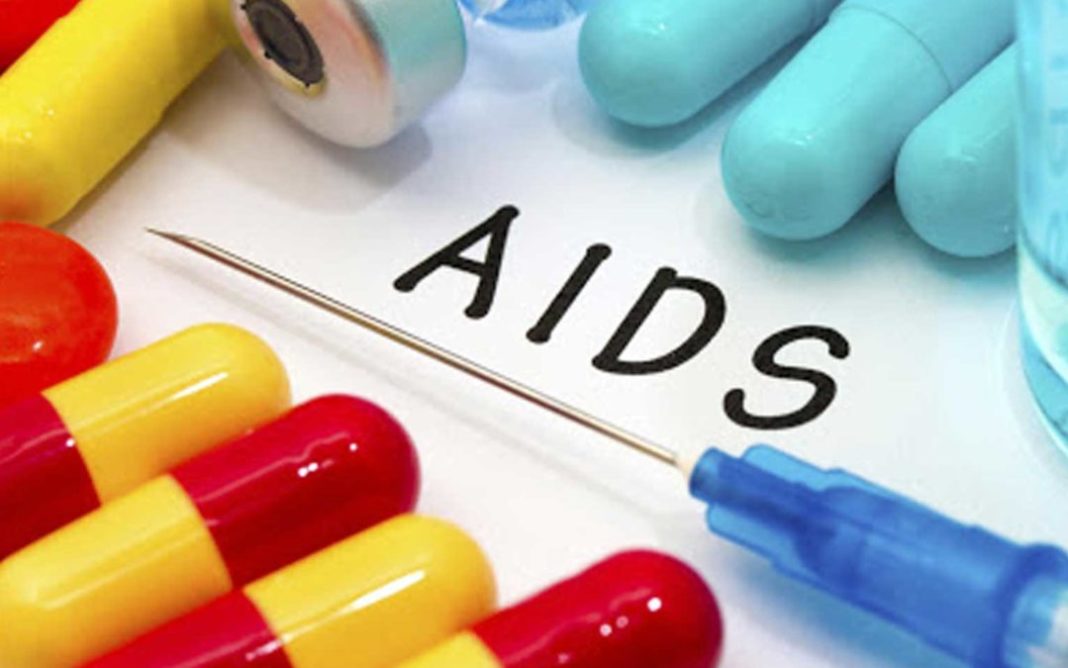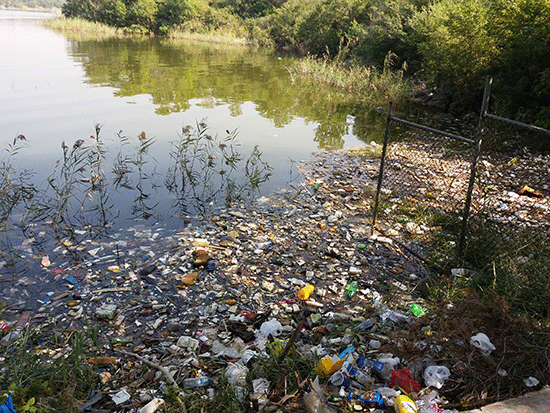PrEP is a combination of two drugs that people can take before sex to prevent HIV infection. Existing evidence shows that people who take tenofovir disoproxil fumarate (TDF) and emtricitabine (FTC) as PrEP have a 90% lower chance of being infected with HIV than people not taking it.
However, widespread use of TDF/FTC can be justified only if its preventative benefits outweigh potential risks of safety issues. These new results, presented today, show that PrEP is safe to use.
The researchers undertook a meta-analysis of 13 randomized trials with 15,678 participants. People at risk of HIV infection were given either TDF/FTC as PrEP or no treatment (the control, or placebo). There was no significant difference in risk of high grade or serious adverse events comparing PrEP with control. The risk of serious adverse events was almost the same for both groups: 9.4% for those on PrEP and 10.1% for those on placebo. There was also no significant difference in risk of renal or bone adverse outcomes. The risk of bone fractures was 3.7% on PrEP versus 3.3% on no treatment. The risk of significant renal dysfunction was 0.1% on PrEP and 0.1% for no treatment.
“In 2016, there were 1.8 million new HIV infections worldwide and the same number again in 2017,” International AIDS Society President Anton Pozniak said. “Across a range of studies, men who have sex with men have one in 30 chance of contracting HIV in a year. Other particularly vulnerable populations’, such as people who inject drugs or sex workers, have a one in 50 chance of being infected with HIV.
“Worldwide, there are only 300,000 people estimated to be taking PrEP. This is far too small a number to prevent 1.8 million new HIV infections. Clearly, to have a significant effect on the HIV epidemic, we need to scale up PrEP to reach tens of millions of people worldwide.”
Other PrEP modalities, such as long-acting injectable drugs and antibodies, are being tested in order to offer more choices of how PrEP could be taken.
“Globally, there is a new HIV infection every 18 seconds,” study co-author Dr Andrew Hill, from Liverpool University, said. “Every person newly infected will then need to be treated for life, and could transmit HIV to others. We need radical changes in our prevention strategy to cut new HIV infections down to zero.”
The most widely used PrEP, a combination of TDF and FTC, costs only £40 per year to make. A generic TDF/FTC course is available in the UK for £300 per year and £50 in sub-Saharan Africa. With recent legal rulings, low-cost, generic PrEP is becoming more available. This provides an opportunity, with the decreasing costs making it increasingly feasible to provide PrEP to millions of people at risk of HIV worldwide.
“The World Health Organization updated its official guidelines in 2015 to include the use of PrEP as a prevention method,” Dr. Pozniak commented. “The data is clear and it’s time to globally implement this recommendation.”
These results are supported by another recent analysis, which showed no difference in adverse events between TDF/FTC and a combination of tenofovir alafenamide (TAF) and FTC when taken for treatment with an additional antiviral drug.








